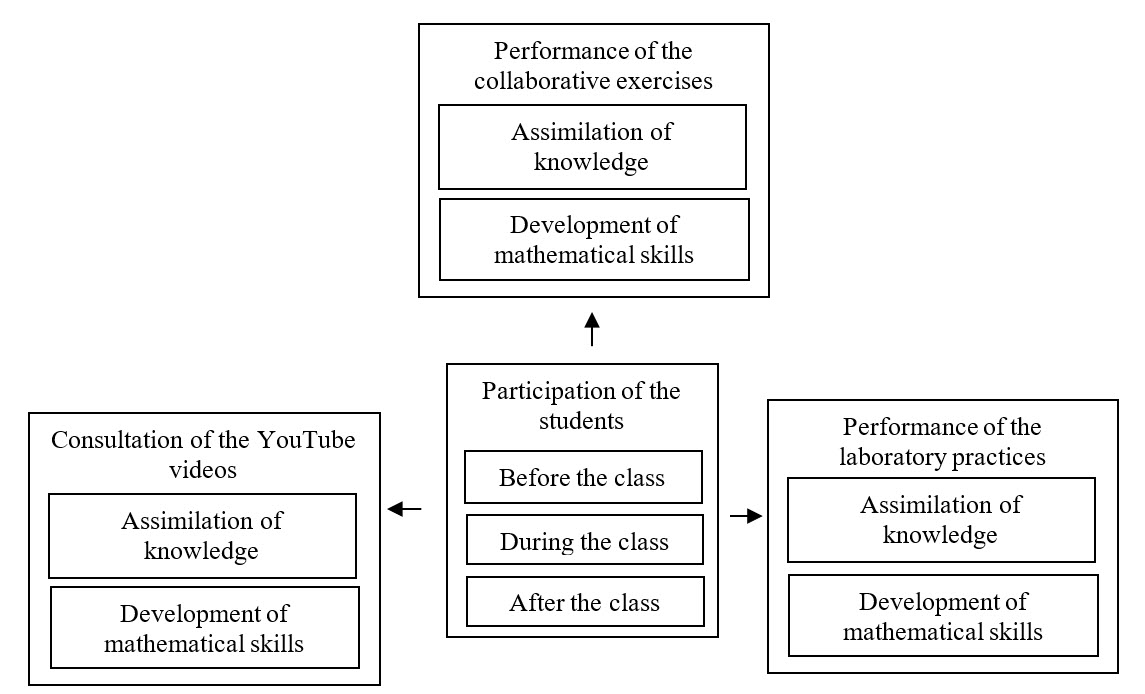Flipped classroom: Pedagogical model necessary to improve the participation of the students during the learning process
DOI:
https://doi.org/10.31129/LUMAT.8.1.1394Keywords:
flipped classroom, technology, higher education, data science, machine learningAbstract
Nowadays, teachers can transform the organization and realization of school activities before, during and after the face-to-face sessions through the flipped classroom. The objective of this mixed research is to analyze the impact of the flipped classroom in the teaching-learning process on statistics considering data science and machine learning (linear regression). The sample consists of 61 students who took the Statistical Instrumentation for Business course during the 2018 school year. This research proposes the consultation of the YouTube videos before the class, performance of the collaborative exercises and use of the spreadsheet to check the results during the class and performance of the laboratory practices through the spreadsheet after the class. The results of machine learning (70%, 80% and 90% of training) indicate that the participation of the students before, during and after the class positively influences the assimilation of knowledge and development of mathematical skills about the frequencies and measures of central tendency. On the other hand, the decision tree technique identifies 6 predictive models on the use of the flipped classroom. Also, the students of the Statistical Instrumentation for Business course are motivated and satisfied to use the technological tools in the Introduction to statistics Unit. Finally, the flipped classroom allows the construction of new educational spaces and creation of creative activities before, during and after the class that favor the participation of the students during the learning process.










